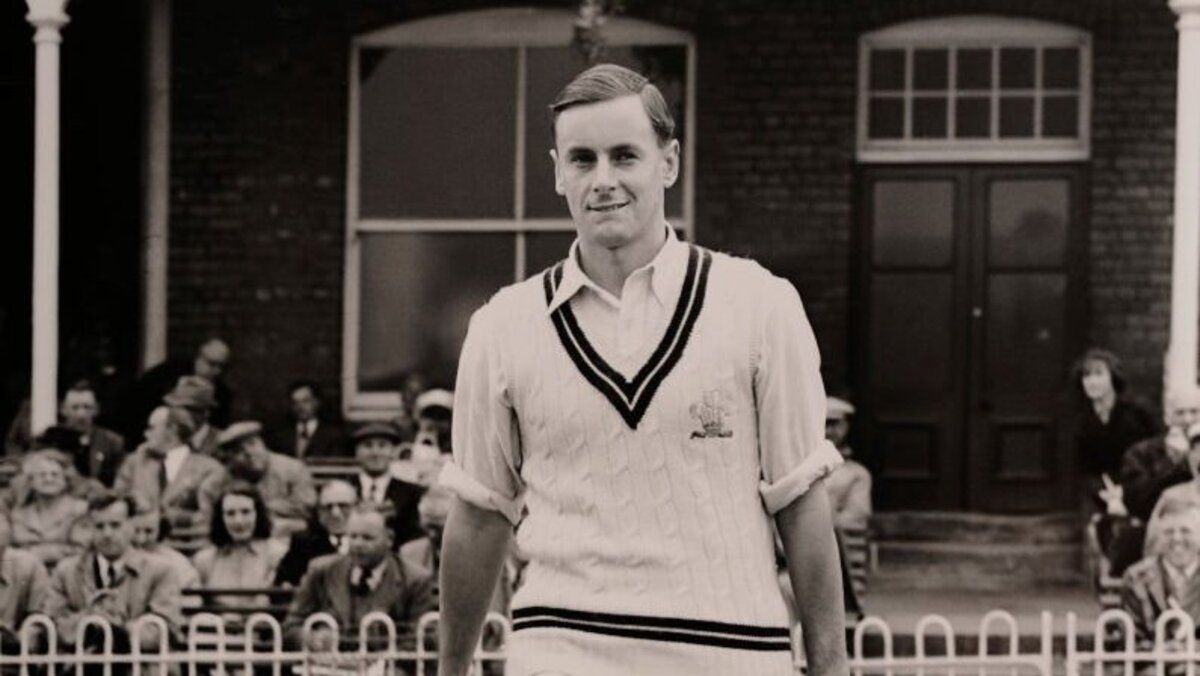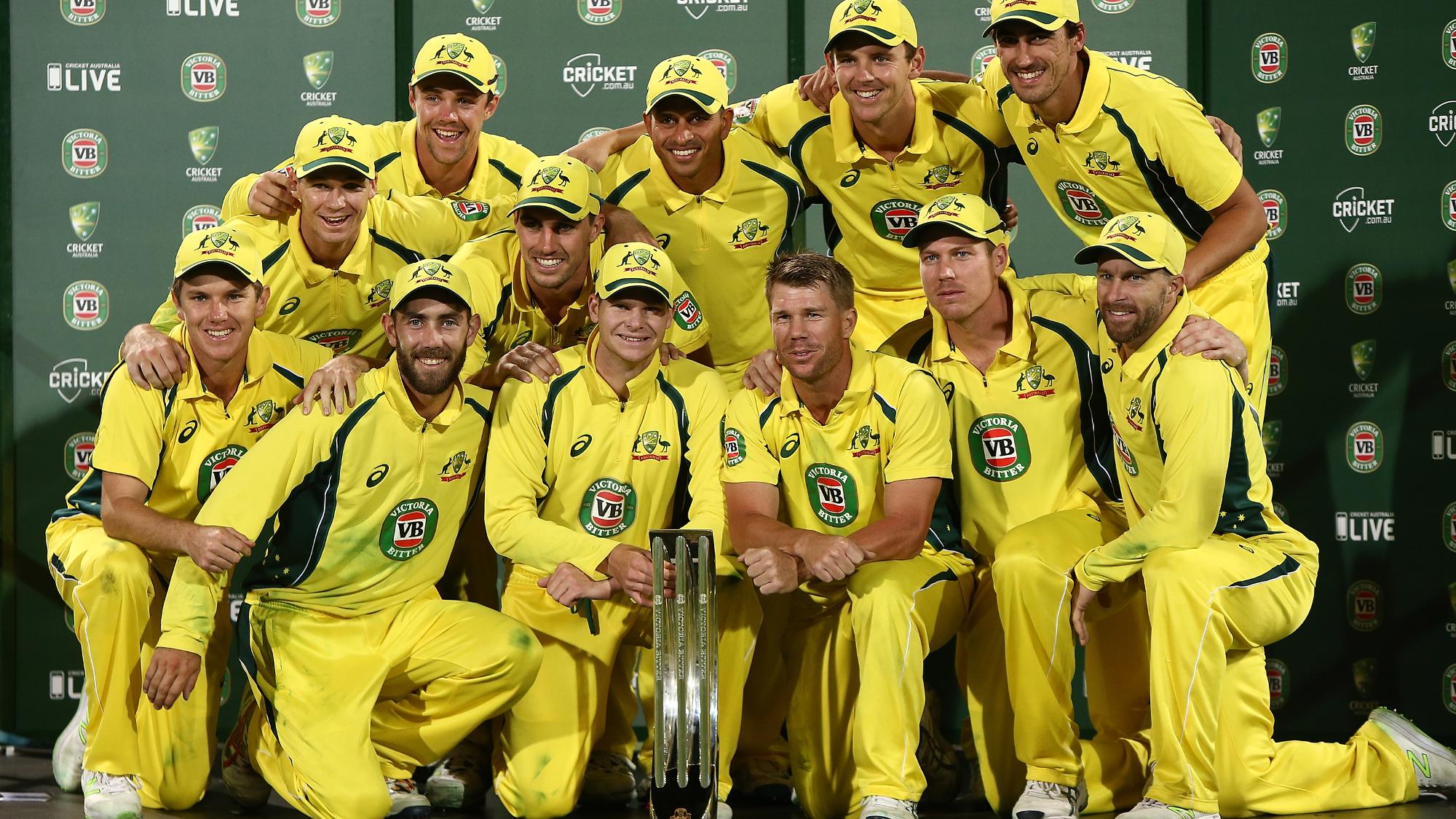Peter May is one of few names who often cited and symbolized a core of batsman-ship for England cricket history. In this article, let’s find out his remarkable performances as a captain, through his stats and records.
Summary and Key Takeaways
Key Takeaways of Peter May's Biography, Career, and Statistics
1. Early Life and Background of Peter May:
- Born on December 31, 1929, in Reading, England, Peter May's family's love for cricket influenced his early interest in the sport.
- His education at Charterhouse School in Surrey provided a platform to develop his cricketing skills while balancing academic excellence.
2. Initial Involvement in Cricket:
- May showed natural talent in cricket from a young age, excelling in school cricket matches and earning recognition in the Public Schools' team at Lord's.
- Balancing academics with cricket helped instill discipline and perseverance in May.
3. Career Achievements:
- May's domestic career with Surrey was marked by over 27,000 runs, including 85 centuries, contributing significantly to Surrey's success in the County Championship.
- Internationally, he played 66 Test matches for England, scoring 4,537 runs at an impressive average of 46.77, including 13 centuries.
4. Captaincy and Leadership:
- Appointed captain of the England cricket team in 1955, May led England to success, including regaining The Ashes in 1956, showcasing his strategic acumen and leadership skills.
5. Awards and Recognitions:
- Recognized as Wisden Cricketer of the Year in 1952, May's contributions were further acknowledged with inclusion in Wisden's Cricketers of the Century list and receiving the CBE for services to cricket.
6. Statistical Analysis of Career:
- In Test cricket, May's batting average, centuries, and highest score against the West Indies showcase his exceptional skill and consistency as a batsman.
- His domestic career with Surrey reflects his ability to perform consistently at a high level, contributing significantly to the team's success.
7. Technical Proficiency and Batting Style:
- May was known for his classical batting technique, playing with a straight bat and strong front-foot play, making him effective against various bowling styles.
Final Words:
- Peter May's cricketing legacy is defined by elegance, skill, and leadership, making him a cricketing great whose contributions continue to be revered in the history of the sport.
Early Life and Background of Peter May
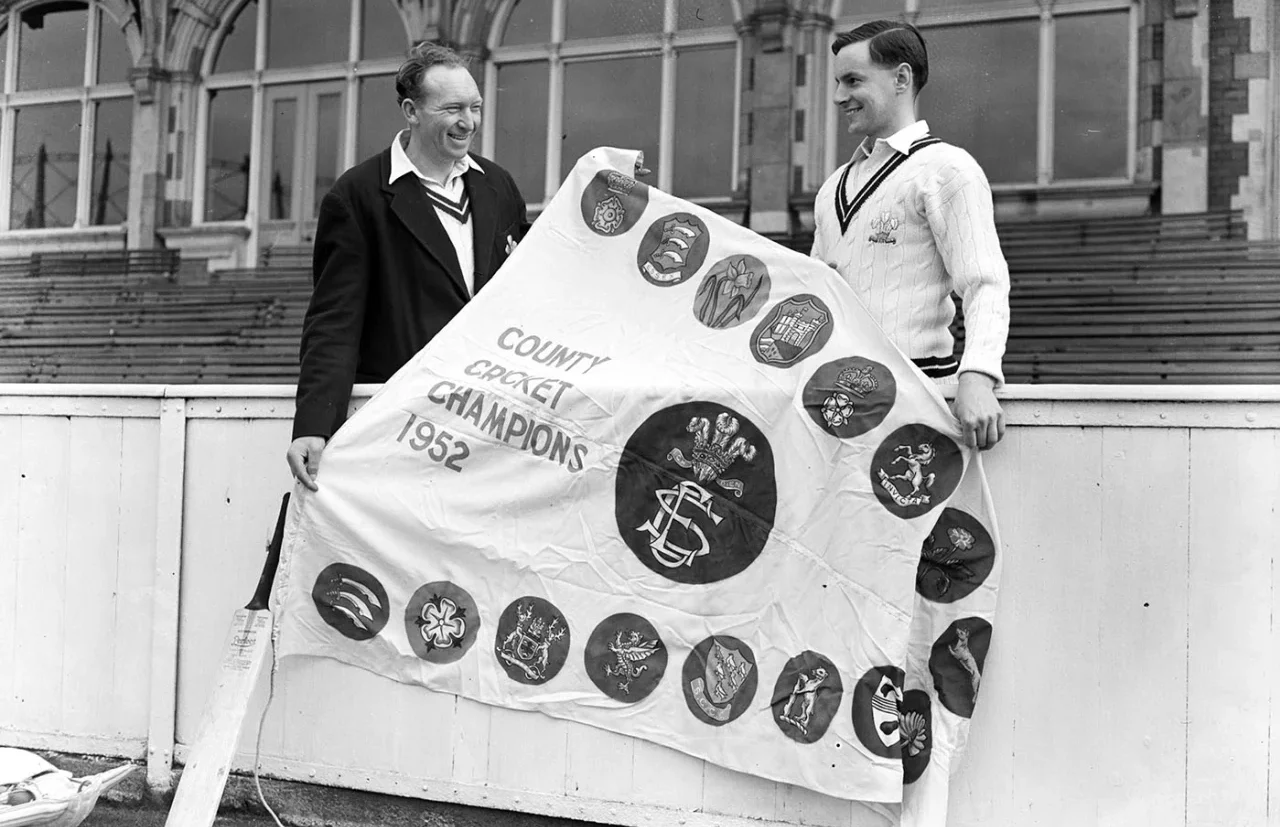
Peter May was born on December 31, 1929, in Reading, Berkshire, England. He came from a family with a strong affection for cricket, which played a significant role in nurturing his interest in the sport from a young age.
His family background, embedded in the traditions and love for cricket, laid the foundation for his future career in the game.
Early Education
May’s early education took place at Charterhouse School in Surrey, where he not only pursued academic excellence but also honed his cricketing skills.
Charterhouse, known for its rich cricketing tradition, provided an ideal environment for May to develop his talents.
During his time at school, he was significantly involved in the cricket team, showing early signs of his potential as a future cricket star.
Initial Involvement in Cricket
From an early age, Peter May demonstrated a natural talent for cricket. His school years were marked by significant achievements on the cricket field.
He quickly established himself as a promising batsman, known for his elegant style and strong technique.
May’s early experiences in school cricket laid a solid foundation for his future in the sport, allowing him to understand the nuances of the game and develop a strategic approach to batting.
Development as a Cricketer
During his time at Charterhouse, May’s cricketing abilities flourished. He was a standout player for the school team, often leading by example with his performances.
His dedication to the sport was evident through his consistent practice and desire to improve.
These early experiences were crucial in shaping his approach to cricket and developing his skills as a batsman.
Notable Achievements and Challenges
One of Peter May’s notable early achievements was his selection for the Public Schools’ team at Lord’s, an honor that highlighted his growing reputation as a talented young cricketer.
Balancing academic commitments with his passion for cricket tested his time management and discipline, yet these experiences taught him valuable lessons in perseverance and dedication, traits that would benefit his later cricketing career.
Career Achievements of Peter May
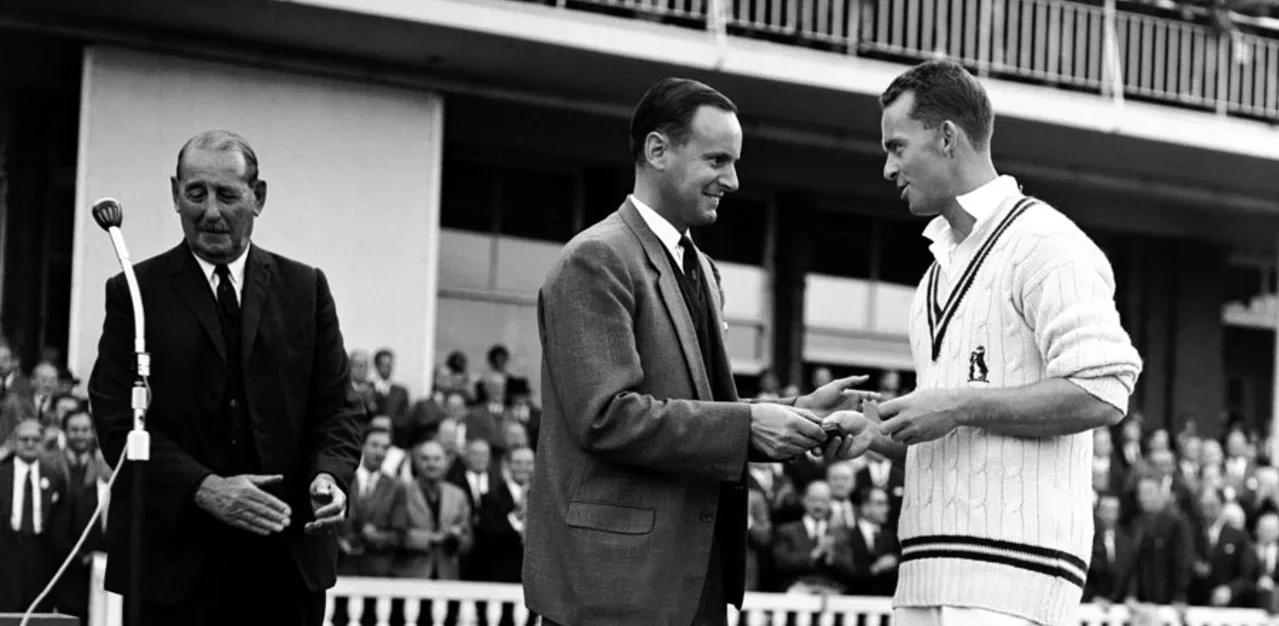
Peter May, one of England’s most celebrated cricketers, had a distinguished career marked by significant achievements and contributions to both domestic and international cricket.
His technical proficiency and leadership qualities set him apart as one of cricket’s greats during his playing era.
County Cricket with Surrey
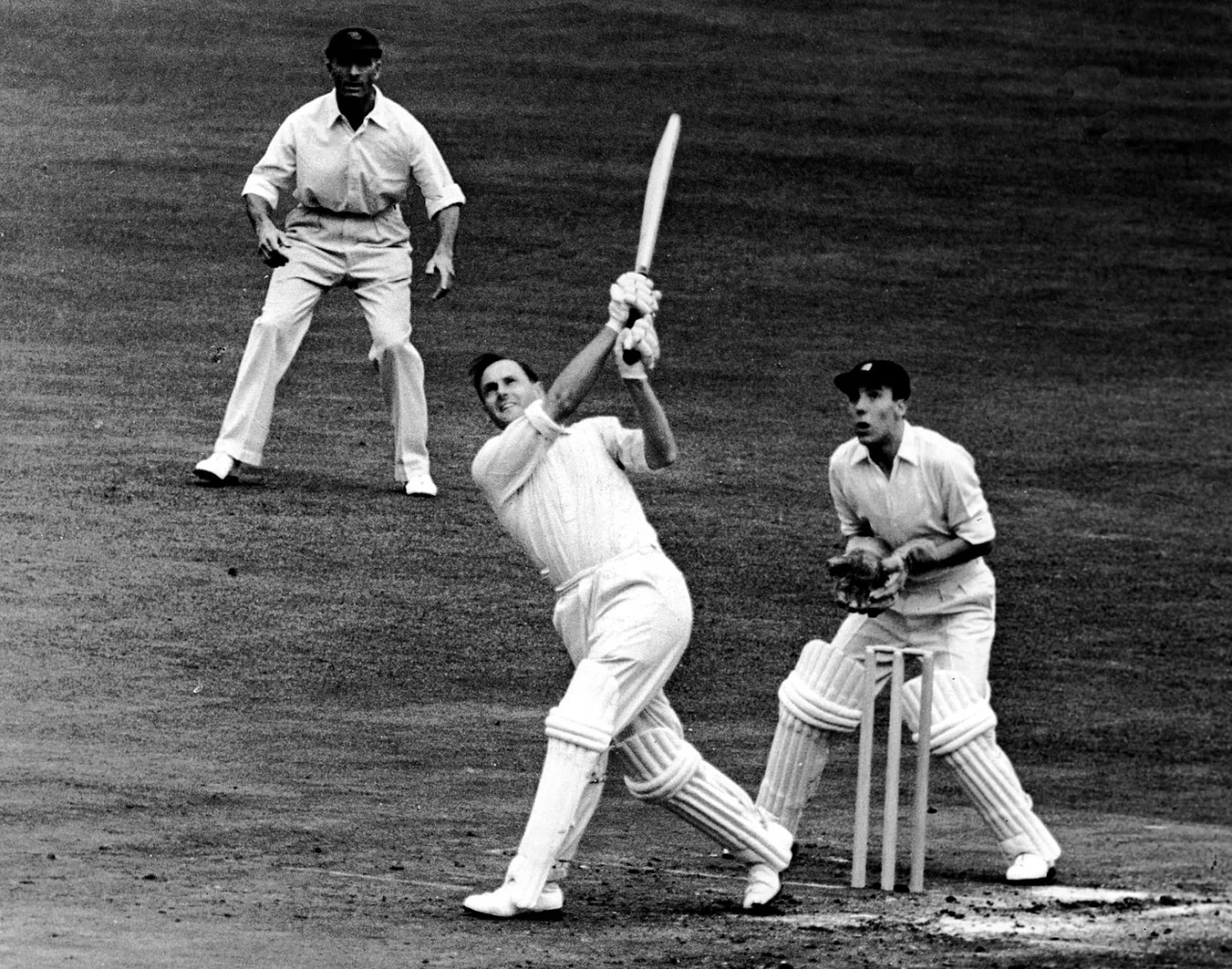
May’s domestic career was predominantly with Surrey County Cricket Club, where he made an indelible mark.
His debut for Surrey in 1950 kicked off a successful stint that saw the team dominate the County Championship during the 1950s.
May’s batting prowess was a key factor in Surrey’s success, helping them secure multiple championship titles.
Record-Breaking Performances
Throughout his domestic career, May compiled over 27,000 runs, including 85 centuries, with a high score of 285 not out.
His consistency and ability to play long innings were hallmarks of his playing style, making him a pivotal player for Surrey.
Test Cricket Debut and Milestones
May made his Test debut for England against South Africa in 1951, quickly establishing himself as a mainstay in the national team.
He amassed 4,537 Test runs at an average of 46.77, with 13 centuries and 22 fifties. His highest Test score of 285 not out against the West Indies in 1957 stood out as one of his most memorable innings.
Captaincy and Leadership
In 1955, May was appointed captain of the England cricket team, a role he held until 1961. Under his leadership, England enjoyed a period of success, including regaining The Ashes from Australia in 1956.
Awards and Recognitions
Peter May received numerous accolades throughout his career, reflecting his contribution to cricket.
He was named Wisden Cricketer of the Year in 1952 and later included in the Wisden Cricketers of the Century list.
His contributions were further recognized when he was awarded the CBE (Commander of the Order of the British Empire) for services to cricket.
Statistical Analysis of Peter May’s Cricketing Career
Peter May’s cricket career, primarily during the 1950s and early 1960s, was marked by his exceptional skill as a batsman in the Test format, as limited-overs cricket was not a significant part of the international scene during his playing days.
Test Cricket Performance
1. Batting Statistics
- Matches Played: May featured in 66 Test matches for England.
- Total Runs: He scored 4,537 runs in Tests.
- Batting Average: His average was an impressive 46.77.
- Highest Score: May’s highest Test score was 285 not out against the West Indies.
- Centuries and Half-Centuries: He scored 13 centuries and 22 fifties in his Test career.
2. Bowling Statistics
- Bowling Role: May was primarily a batsman, and his bowling in Test cricket was limited.
- Wickets and Bowling Average: He took a few wickets, but his bowling was not a significant part of his career.
Domestic Cricket Performance
County Cricket with Surrey
- Total Runs: Accumulated over 27,000 first-class runs.
- Batting Average: Maintained a strong average, indicative of his consistency and skill.
- Highest Score: His top score in first-class cricket was 285 not out.
- Centuries: Scored 85 centuries in his domestic career.
Technical Proficiency and Batting Style
May was renowned for his classical batting technique. He had a tall stance, played with a straight bat, and was known for his strong front-foot play, driving elegantly through the covers and down the ground.
He predominantly batted at number three in the Test lineup, a position that allowed him to utilize his technique effectively against both pace and spin bowling.
Final Words of of Peter May’s Biography, Career, and Statistics
Peter May’s cricketing legacy is one of elegance, skill, and leadership. His contributions to the sport, both on and off the field, have left an indelible mark on the history of cricket.
Peter May career, characterized by technical prowess and a professional demeanor, exemplifies the qualities of a cricketing great.
All You Need to Know about Peter May
Why did Peter May retire?
Peter May retired from international cricket due to ill-health after a successful career as England’s cricket captain, leading in a record 41 Tests at the time. He retired from first-class cricket in 1963 to work in the City.
Is Peter May married?
Yes, Peter May was married to Virginia Gilligan, daughter of former England captain Harold Gilligan, in 1959, and they had four daughters.



